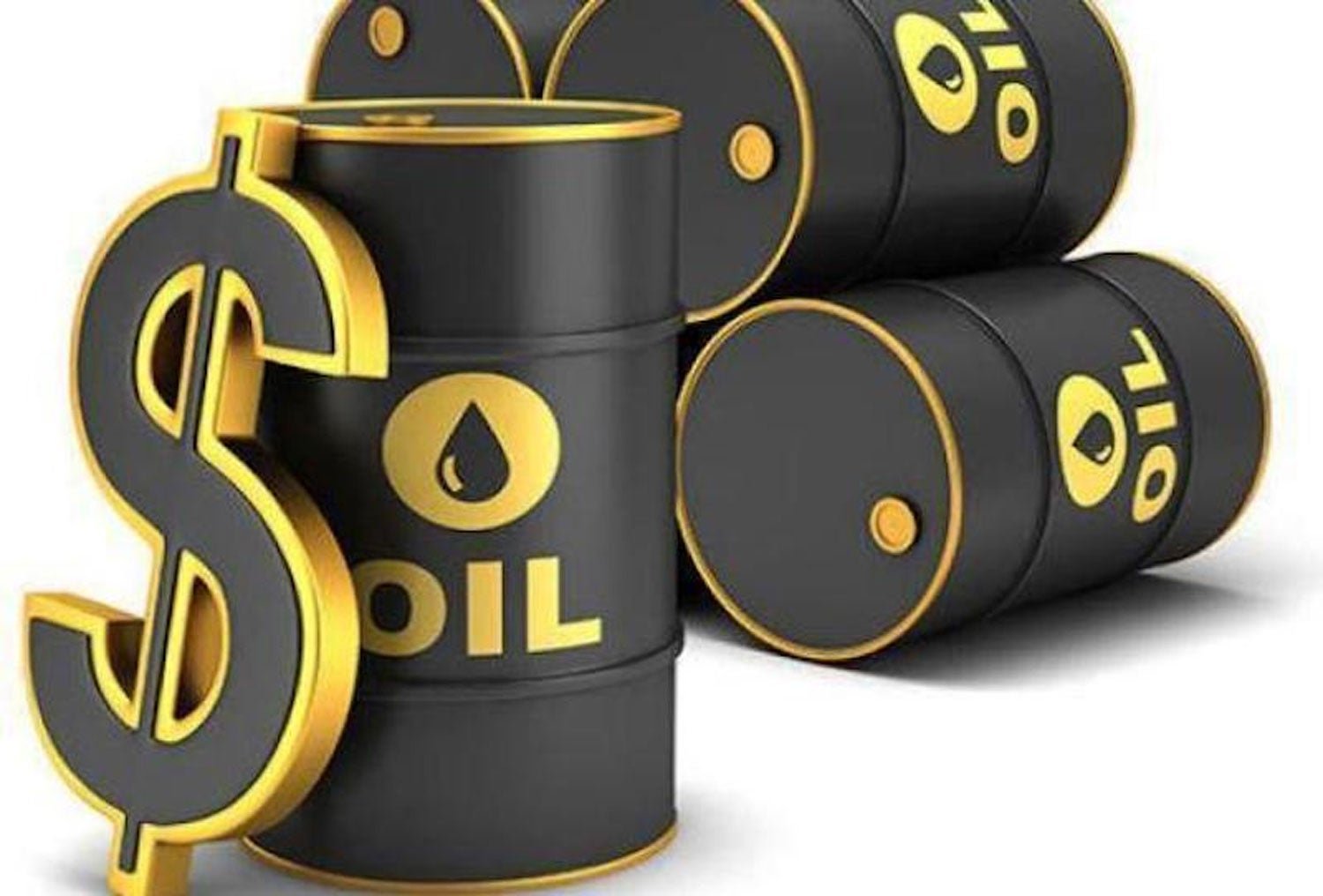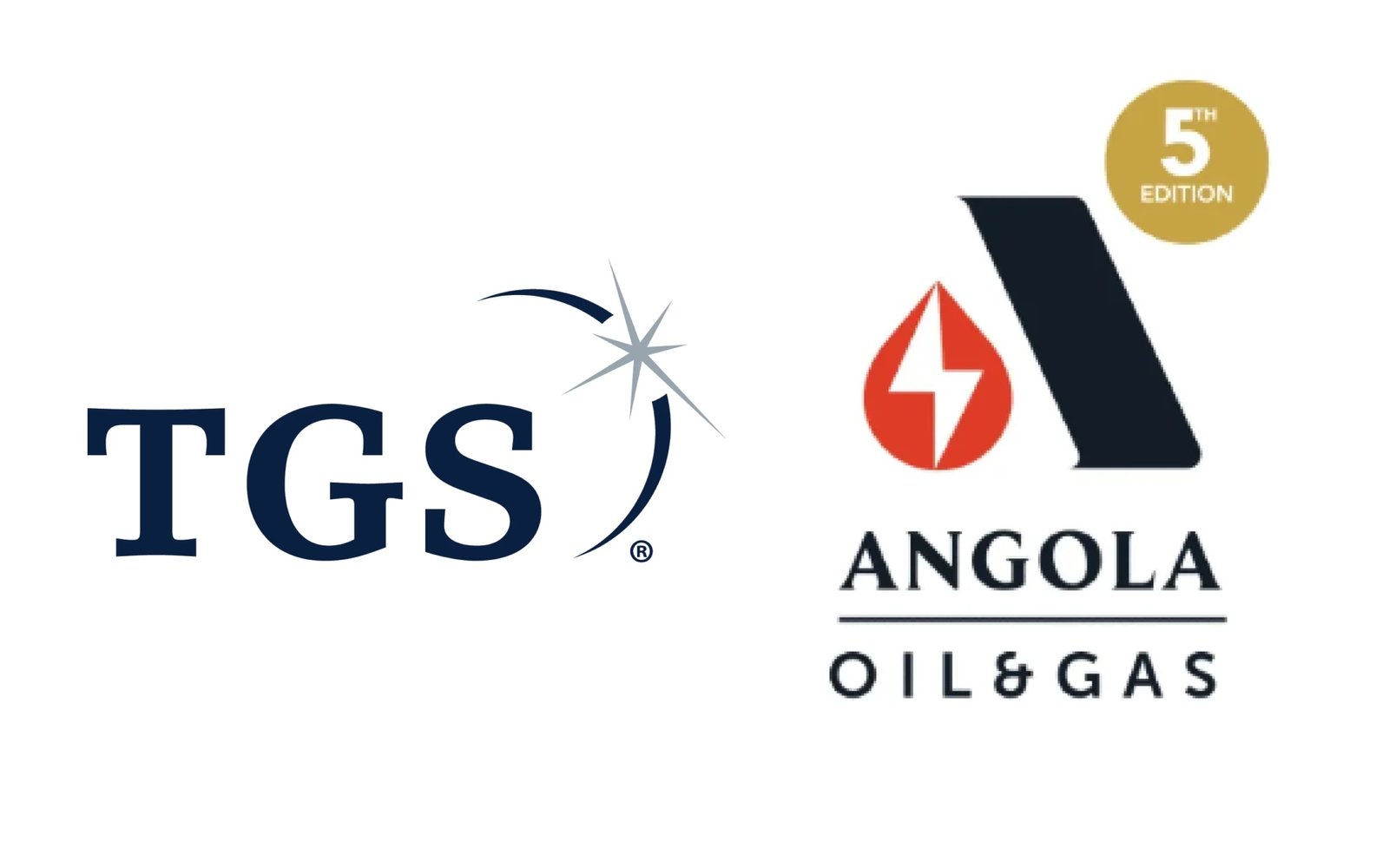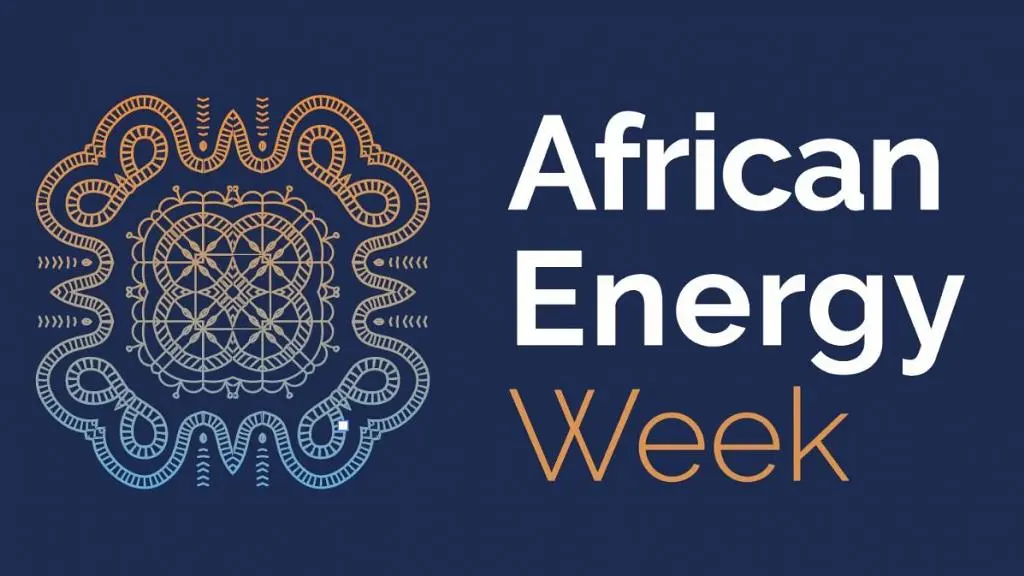COMMUNIQUE MOMAN, Energy Correspondents Workshop Series – March 2022
James Gooder, Vice President, Crude and African Markets, Argus Media:
• Oil prices hit near 14-year highs
– The Russia-Ukraine conflict has supercharged existing upward market momentum.
– Recovering global demand and constrained OPEC + output, low stocks and high refining costs have all played a part.
– But Russia is one of the three largest oil producers along with US and Saudi Arabia.
– Market unwillingness to buy Russia oil in the spot market means there is greater competition for alternatives – hence higher prices.
• Diesel is driving the oil complex
– Russia is a major exporter of diesel as well as crude.
– Crude is expensive but diesel is at a strong premium.
– Prices are highly volatile and unpredictable.
• West Africa relies on imported products
– Lack of sufficient regional refining capacity.
– European surplus of PMS/gasoline finds a natural home in Nigeria.
– In a global market, product flows are directed by price.
– Nigeria is competing with other destinations for products.
– BUT even if Nigeria had sufficient refining capacity, it would still be in a competitive market and exposed to import parity prices.
• Regulated PMS prices are out of step with market reality
– Capped retail prices for PMS may be popular, or even expected, among those that can afford to own a car.
– But current delivered prices for PMS are around three times as high as the pump price.
– Is this sustainable? Is financing this the best use of Nigerian taxpayers’ money?
– There is an unfortunate but clear incentive to smuggle subsidized fuel out of Nigeria to neighbouring countries where retail prices are higher.
• Summary
– The market is in an unusual state of turmoil and uncertainty.
– Fuel prices are high everywhere.
– Nigeria is an integral part of the world market and thus exposed to the same trends.
– The increase in diesel and aviation fuel prices is higher than the increase in petrol prices globally because the supply of diesel and aviation fuel (middle distillates) is mainly from Russian refineries which are currently under sanctions. Petrol is from Northwestern Europe refineries which is readily available.
MOMAN:
• The backbone of distribution is based on diesel, from transport (vessels and trucks) to energy costs (depots and stations). This affects not just petrol distribution but also the distribution of aviation fuel.
• Total distribution margin under the current PMS pricing template accounts for 11.5% of the PMS pump price despite significant increase in costs. Operators are struggling along the supply chain to get petrol out of the nuzzles into the cars which is difficult to sustain.








